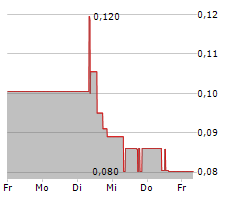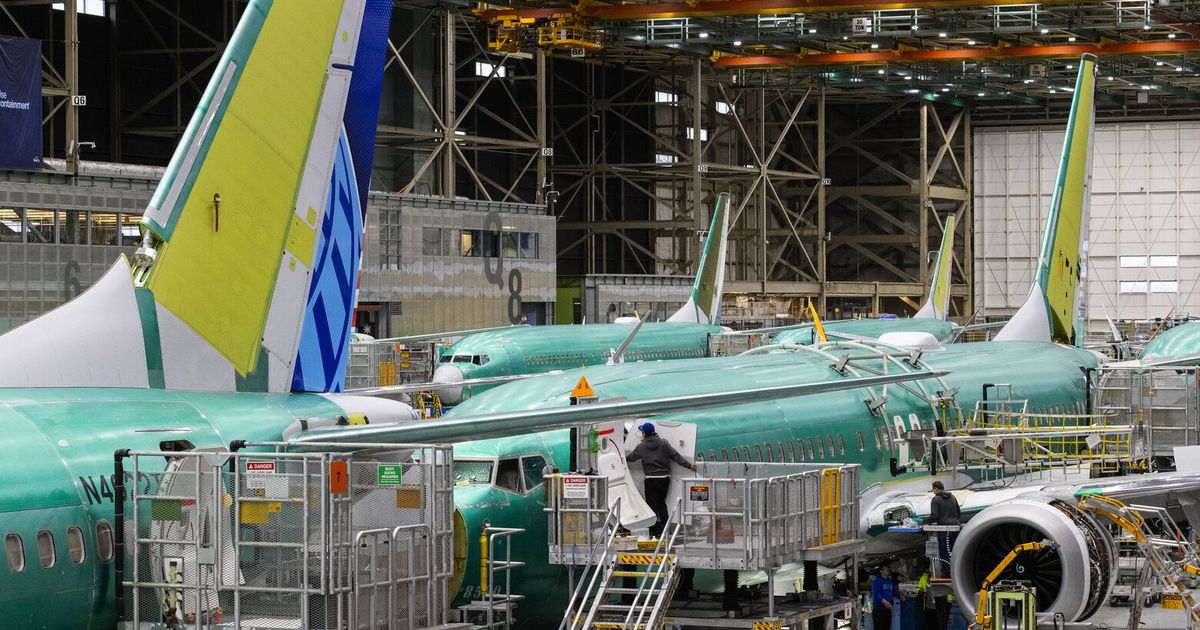President Biden met with Chinese leader Xi Jinping during the Asia-Pacific Economic Conference (APEC) in San Francisco in mid-November. This marked their first meeting since an incident earlier this year. Biden emphasized the need for both countries to establish open lines of communication and ensure military contact during crises. Reports described the talks as positive, comprehensive, and constructive.
The original goal of the APEC summit was to announce the Indo-Pacific Economic Framework, launched by Biden in May 2022. The framework aims to provide an alternative to deepening economic ties with China for 13 countries in the Asia-Pacific region. However, a recent decision by the Biden administration to block an important part of the pending framework represents a retreat in the U.S. commitment to free trade.
The decision was made after the U.S. Trade Representative’s office reversed its long-standing position to give Congress room to enact stronger technology regulations. Sen. Elizabeth Warren and others in Congress expressed concerns about the consistency of the framework’s digital trade provisions with the administration’s new views on technology transfer.
These developments occur amidst substantial shifts in global trade patterns due to U.S. tariffs, the reconfiguration of global supply chains in response to the COVID-19 pandemic, and heightened geopolitical tensions. East Asian economies, which have pursued export-oriented development strategies, have been significantly impacted. China has become the largest trading partner for most countries in the region.
Southeast Asia has emerged as a key player in the competition between the U.S. and China. The region’s countries have traditionally looked to the U.S. for security and China for prosperity. However, recent surveys indicate that strategic competition and economic integration are now seen as top threats in the region.
Evan Feigenbaum of the Carnegie Endowment for International Peace highlights the growing divide between economic and security interests. The U.S. government aims to elicit voluntary compliance from its partners in deploying export controls and regulatory instruments against China. However, the lack of such actions is straining the U.S.’s relationship with its partners.
The East Asian economies are also facing challenges from soft global demand, China’s property crisis, and U.S. trade policies. Projections show a slowdown in the region’s growth, with the slowest pace since the late 1960s. The U.S. passage of the Infrastructure Investment and Jobs Act in 2022 is affecting countries that previously benefited from U.S. tariffs on China.
Negotiating multilateral trade deals has become politically complex, leading the U.S. to focus on limited bilateral deals in Asia. The Indo-Pacific Economic Framework, while not initially highly anticipated, is now expected to fall short of expectations.










